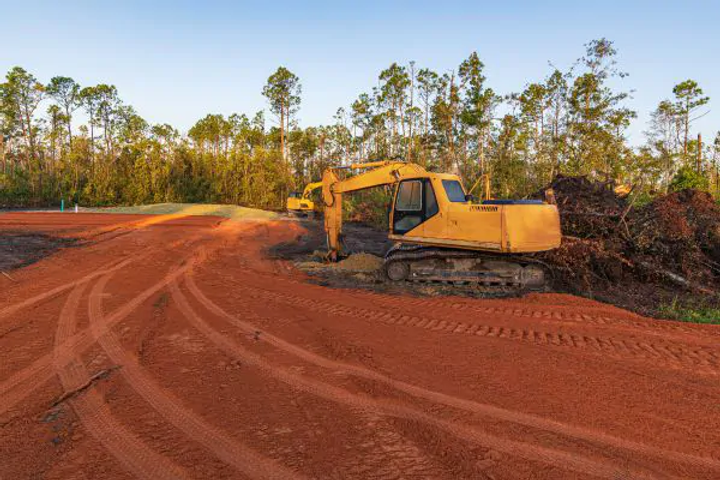For players, coaches, and sports facility owners, understanding the dimensions of a volleyball net is critical not only for fair gameplay but also for adhering to international and recreational standards. Whether you’re setting up a volleyball court in your backyard, managing a sports league, or preparing for an official tournament, knowing the proper measurements is essential.
If you’re seeking a clear breakdown of net sizes for indoor, outdoor, and beach volleyball, this article will serve as your complete guide. Learn everything from height standards to net length, post spacing, and more—all in one place.
In case you’re just looking for the most essential measurements, this will help you explore exact dimensions of volleyball net across all playing formats.
Why Volleyball Net Dimensions Matter
A standardized volleyball net ensures fair and consistent play. If the net is even slightly off from the recommended height or width, it can significantly impact the game—whether it’s player performance, judgment of net violations, or blocking and spiking angles.
Furthermore, recreational, school-level, and competitive nets all follow different regulations. Hence, it’s important to align with the correct specifications for your specific use case.
Indoor Volleyball Net Dimensions
Net Height
- Men’s Indoor Volleyball: 2.43 meters (7 feet 11 5/8 inches)
- Women’s Indoor Volleyball: 2.24 meters (7 feet 4 1/8 inches)
These are the official FIVB (Fédération Internationale de Volleyball) standards used globally for all professional-level tournaments and collegiate matches.
Net Width and Length
- Length: 9.5 to 10 meters (approximately 32.8 feet)
- Width: 1 meter (approximately 3.3 feet)
Side Bands and Antennas
- Side Bands: 5 cm white bands are located on both sides of the net.
- Antennas: Flexible rods, 1.8 meters tall, extend above the net and mark the sidelines for ball in/out rulings.
Outdoor (Grass) Volleyball Net Dimensions
Outdoor volleyball is commonly played at school parks, camps, and in recreational leagues. While the court size often matches indoor regulations, net height and type may vary depending on age and competitive level.
Typical Outdoor Net Heights:
- Men’s Outdoor Volleyball: 2.43 meters
- Women’s Outdoor Volleyball: 2.24 meters
- Co-ed Recreational: Usually uses men’s height
- Youth (12 and under): 2.13 meters (7 feet)
The width and length typically remain the same as indoor nets, but materials are weather-resistant and often more durable to withstand outdoor conditions.
Beach Volleyball Net Dimensions
Beach volleyball, governed by the FIVB and used in Olympic play, has slightly different specifications due to environmental factors like sand and wind.
Net Height:
- Men’s Beach Volleyball: 2.43 meters (7 feet 11 5/8 inches)
- Women’s Beach Volleyball: 2.24 meters (7 feet 4 1/8 inches)
Net Width and Length:
- Length: 8.5 meters (28 feet)
- Width: 1 meter (3.3 feet)
Beach volleyball nets are shorter in length than indoor versions due to the smaller court dimensions (16 x 8 meters vs. 18 x 9 meters indoors).
Special Features:
- UV-resistant materials
- Anchored posts in the sand
- Looser net tension due to flexible posts
Net Height Adjustments for Youth Volleyball
Youth leagues have specific regulations depending on age and skill development levels:
- Under 10 (Boys and Girls): 1.98 meters (6 feet 6 inches)
- Ages 11–12: 2.13 meters (7 feet)
- Ages 13–14 (Girls): 2.24 meters
- Ages 13–14 (Boys): 2.24–2.35 meters
These adjustments ensure younger players can play competitively and safely.
How to Properly Set Up a Volleyball Net
Here’s a step-by-step overview of setting up a regulation volleyball net:
- Measure post spacing: Standard indoor spacing is 10 meters (32.8 feet), while beach spacing is 9 meters.
- Set the poles: Ensure they are level and vertically upright.
- Attach the net: Use tensioning cords or ratchets to tighten the top and bottom.
- Add antennas: These go on each end and extend 80 cm above the net.
- Check height with a measuring rod: Measure from the center to each end to ensure consistency.
If your setup is for an event or league, always double-check with your organization’s guidelines.
Common Mistakes to Avoid
- Incorrect Net Height: Many recreational games use improperly set nets—double check with a measuring tape.
- Improper Pole Distance: If poles are too close or far apart, it affects net tension and ball deflection.
- Missing Antennas: These are essential for ruling whether the ball is in or out of bounds.
- Unstable Net Tension: Nets that sag in the middle ruin gameplay and reduce safety.
Choosing the Right Volleyball Net for Your Needs
Depending on your use case—beach, indoor, school, or recreational—the materials, portability, and durability will differ. Key factors to consider:
- Material: Nylon for indoor; polyester or weatherproof vinyl for outdoor.
- Tensioning System: Steel cables are best for consistent tension.
- Setup Location: Portable nets with stakes for the beach; anchored poles for indoor courts.
- Frequency of Use: Competitive play needs more durable, regulation-sized nets.
Final Thoughts
Understanding and applying the proper dimensions of a volleyball net isn’t just about adhering to standards—it’s about elevating the game. Whether you’re setting up a beach tournament or helping your school organize intramurals, the right net size makes all the difference in fairness, performance, and enjoyment.
Always refer to official guidelines and keep a measuring tape handy. With the correct setup, you’ll be setting the stage for fair, safe, and competitive volleyball.






Leave a Reply